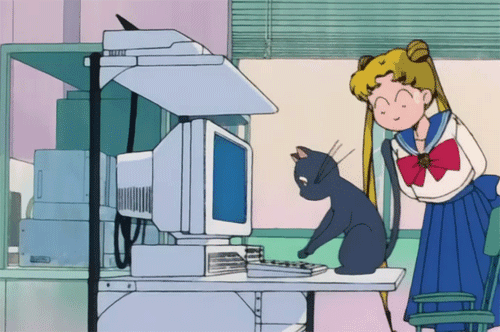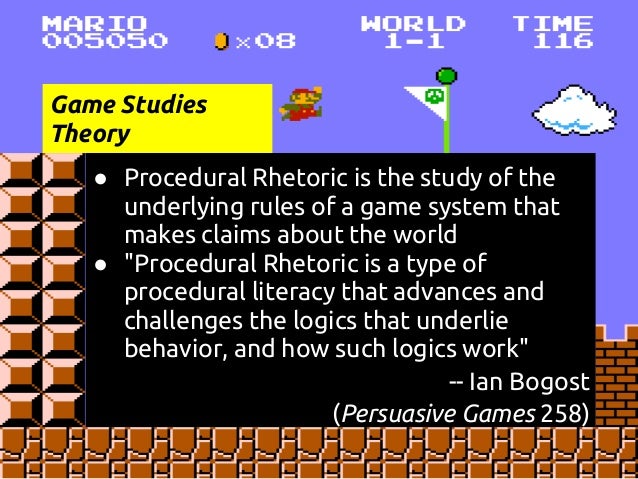Larson’s video lists 3 benefits of online group collaboration: It is a student-centered approach, it increases communication through student writing, and it has real-world application. The real-world application of the skills online group activities build is critical and represents part of what Jenkins, and others in Jenkins and others in “Confronting the Challenges of Participatory Culture: New Media Education for the 21st Century” are calling the new hidden curriculum. According to this report, calling for educators to teach new media literacy, “Access to this participatory culture functions as a new form of the hidden curriculum, shaping which youth will succeed and which will be left behind as they enter school and the workplace” (3). The forms of participatory culture they list include collaborative problem-solving and affiliations or engagement with formal and informal online communities. The authors of this report argue that “the new literacies almost always involve social skills developed through collaboration and networking” (4). The new skills required to become full participants, or to function in this new participatory culture include, distributed cognition (the ability to interact meaningfully with tools that expand mental capacities (4) and collective intelligence (the ability to pool knowledge and compare notes with others towards a common goal. There are eleven skills listed in this report and I mention them here only because in thinking about an in-person group assignment I would consider migrating to my online composition course—I would have to rethink and expand my objectives so that I am accomplishing what we accomplish during f2f group collaboration and also develop some of the cultural competencies and social skills students need to fully participate in this emerging participatory culture. What is exciting to me about teaching writing online and this week’s topic in particular is yes, the question of how to migrate our collaborative/group activities online, and how to do it in ways that do more than what we do f2f. In short, how does technology enable us to do things differently?
That said, taking Warnock’s advice to “focus on what you do well in the classroom “ (xiv) here are some of the ways we use technology for collaborative group work in an English 100 class:
- Pre-reading: before a f2f discussion of a text students are asked to develop critical discussion questions in line with their interests or reading of the text. In a f2f class, students bring these questions with them and finish their online discussion in person then report to the class on their discussion. If we were migrating this type of group activity to an online course, I could imagine having students use Zoom to meet online and finish their discussion then perhaps either creating a video where they report back to the class or a handout and a video presentation of their discussion
- Pre-reading: sometimes I will post questions for specific parts of a text and groups will be responsible for assigned questions or “chunks” of the text. They will assemble their collective knowledge (collective intelligence) and present it f2f to the class using a one-page handout they collaborate to create. In migrating this activity online, I could include reading and commenting on another group’s handout as the last part of the assignment. Both parts would be graded using a low-stakes rubric emphasizing connectivity
- Pre-writing: students develop an outline with their thesis/introduction and body paragraphs that we peer-review online before diving into the first draft of their first major writing project. In an online course, students would have clear directions for the focus of each peer-review (very specific tasks/or work for each peer-review) set deadlines and would be accountable for the time/effort/quality of their peer-review, these would have to be graded assignments which of course would require instructor monitoring and strategic pairing from the beginning
Zooming back out to Warnock’s introduction given my re-reading of this report on teaching new media literacies (above) it seems to me that while Warnock is saying–take what you do best, your teaching strengths and focus on migrating that online, “Confronting the Challenges” says “everyone involved in preparing young people to go out into the real world has contributions to make in helping students acquire the skills they need to become full participants in our society” (4). So are we focusing on what we do well already when we migrate online or are we expanding our definition of literacy to include new literacies and the development of the skills required? I think I totally repeated myself here, what can i say, Gabriel Garcia Marquez said at the end of his life that although he had written many many books, for most of his writing career, he was really just rewriting A Hundred Years of Solitude. Sorry for the long-winded subject line. I am looking forward to learning from your ideas for online group work:)
Yolanda




 enefits
enefits
 these games per semester). Then, at the end of this unit, I have students work together to design a game, in writing, which does one of the following: 1) Makes an argument about some important topic to them or 2) Addresses a group that is usually underrepresented in the gaming community (we brainstorm about who is underrepresented.
these games per semester). Then, at the end of this unit, I have students work together to design a game, in writing, which does one of the following: 1) Makes an argument about some important topic to them or 2) Addresses a group that is usually underrepresented in the gaming community (we brainstorm about who is underrepresented.